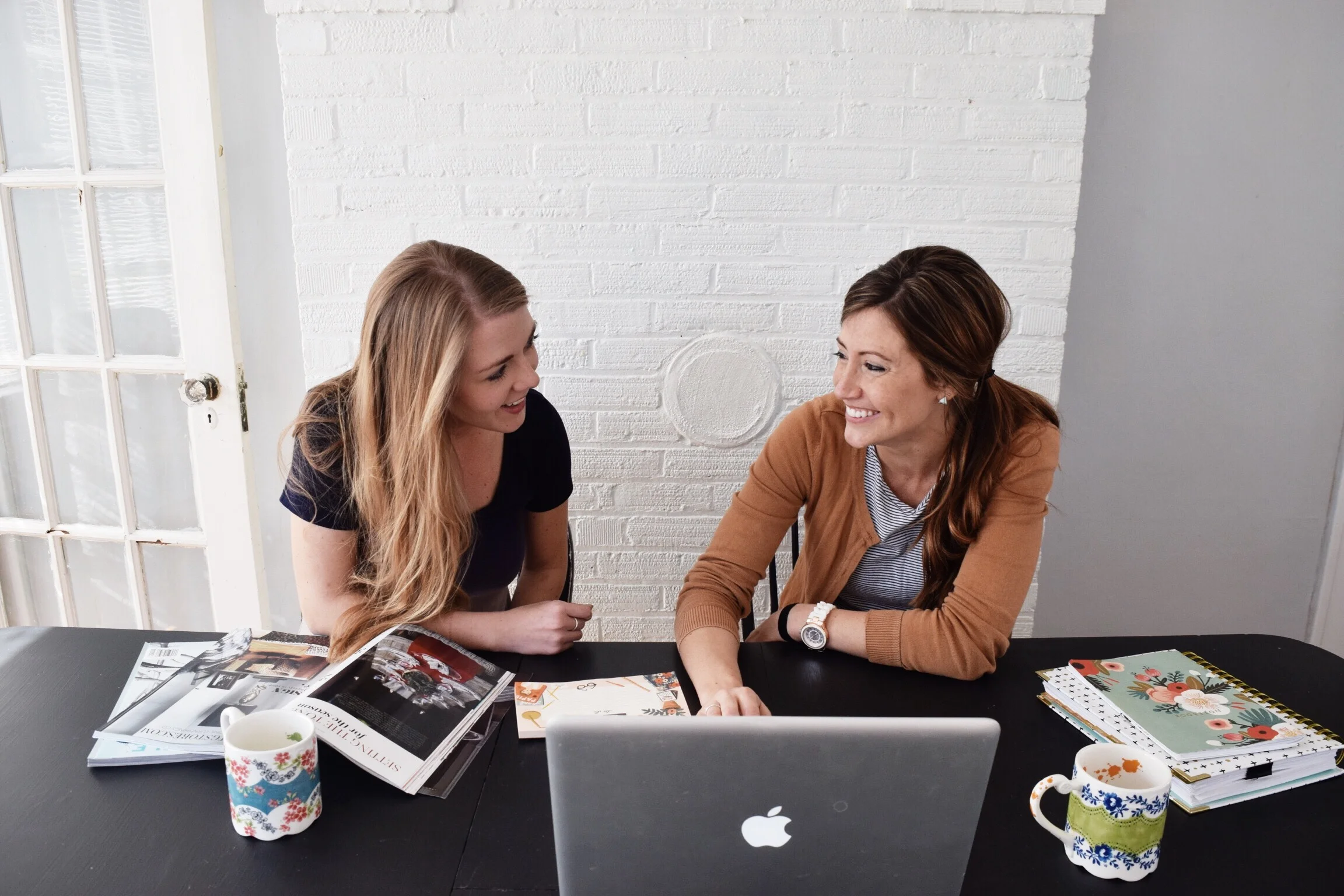DETAILS: SEARCH FOR SOLUTIONS
Being a detail oriented person and someone who’s able to anticipate needs requires providing solutions to problems as they present themselves. If you’re going to be the kind of person who is known for providing solutions, it starts with having the right mindset. This is the foundation and the starting point for being able to provide helpful solutions when problems arise.
Positive Mindset
The first key component in finding solutions to problems is having the right kind of attitude. The need for a solution implies a problem and problems are challenging and discouraging. Therefore, overcoming problems and providing solutions requires you to have a positive mindset.
Near the end of my pregnancy with our first son I started to get the urge to “nest.” And by nest, I mean completely rearrange our entire house. We moved our living room from the front of the house to the back of the house. We moved our office from the back of the house to the front of the house. We moved our bedroom from it's prime location and larger space to the back smaller bedroom allowing more space for the nursery. All of this made perfect sense. There was a problem and I knew what the solution was in my head. The only difficulty was, we started this project at 11:00 PM and I was determined to get it done in a couple of hours. At some point in the wee hours of the morning things were not fitting the way they originally fit when I drew the rooms diagrams on a piece of paper. The couch wasn't fitting through the doorways, we were yelling "PIVOT" at each other, but things just weren’t working. As we stood back and surveyed the task before us, we realized that there was more work to do than when we started. We were tired and discouraged.
Then I remembered an analogy I’ve used that was helpful for a moment like this. When putting together a puzzle and first dumping out all the pieces, you have an overwhelming task in front of you. 500+ pieces of disorganized chaos that's meant to come together and create an organized picture. If you just look at the pile of pieces and think about how hard and time-consuming it will be to put it all together, you’ll never finish. But, if you start by finding the edge pieces and put them together, then move to grouping pieces by color and comparing them to the front of the box - you have a place to start. From there, just keep trying different pieces until it all comes together.
Problems are like this. They feel disorganized, chaotic, and at times discouraging. But if you take on the mindset of putting together a puzzle you can shift the way you're thinking about things as being problems to opportunities instead. Situations that arise and need solutions are no different than putting together a puzzle. It's just a matter of moving things around and trying things from different angles.
The evening that we were working on rearranging the house it was evident that if we kept thinking about the problem in front of us, we weren't going to get this job done. It required us to step back, reassess, and rethink how we were doing things. As we saw the project before us as a puzzle pieceinstead of a problem, we were able to come at it from a different angle. We took the legs off the couch and were able to make it fit through the doorway, we slightly changed the way the bookshelves were arranged to make more room; we started finding small solutions that ended up snowballing and we were able to make good progress and get things rearranged.
Keeping Things Positive
So how can you keep things positive and see things as opportunities instead of problems? Here are three things you can do in the moment to help shift the way you are thinking.
(1) Stop
Stop what you're doing, take a deep breath, and actively make a shift in the way you’re thinking. You have to train yourself to respond positively. Tell yourself that you’re going to find the opportunity instead of the problem. This is also a great opportunity for you to consider what you do have and all of the things you can be thankful for.
(2) Assess
After telling yourself to see the opportunity that is presenting itself, go back and get clarity on what you’re ultimately trying to accomplish. Once there is clarity for what you are trying to accomplish, then start assessing the situation by asking these questions:
What resources do I have at my disposal to make this work?
What have I tried in the past that hasn't worked?
What can I change about what I've tried in the past to make it work this time?
What can I eliminate from my list of things to do that no longer need to be there?
Who can I bring in with a fresh set of eyes?
How can I look at this differently?
These questions will help shift the way you’re thinking. This list is not exhaustive, but it’s a good place to start.
(3) Act
For things to be resolved, action has to be taken. Things only fit and start falling into place once you start working. So, once you've redirected your outlook and assessed what you are able to do, start doing it.
If we’re going to search for solutions, we must first create the positive mindset that’s required for finding fresh and helpful solutions. You can't ignore things and live in the mess. Start moving things around. And remember, everything is just a puzzle piece.
If you want to learn more about developing the art of anticipating needs and getting things done, I just released a new eBook which goes deeper and provides some tools for putting all of these things into practice.
You can check it out in the store here.
| Credits: Author & Graphic Design - Jacintha Payne; Photography - Ali Marsh |









If you want to grow in your ability to anticipate needs you can start by learning. There are several ways we can learn for the purpose of growing our ability to anticipate needs. I’ve found the best place to start is with an attitude that desires to learn…